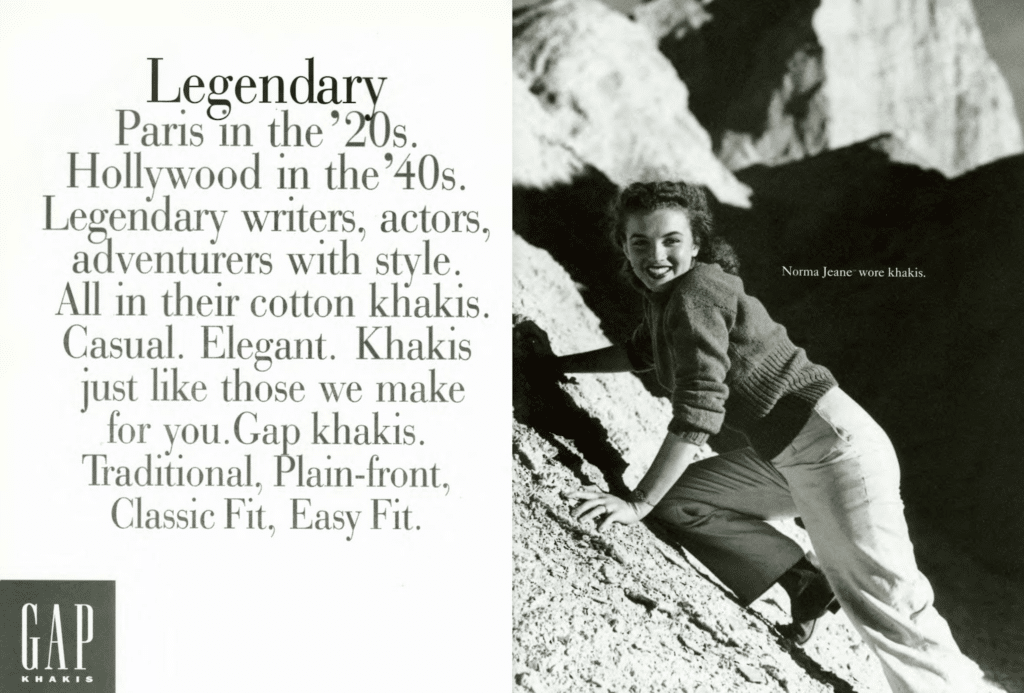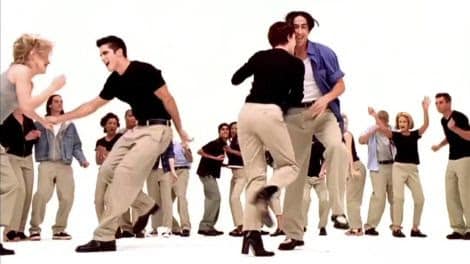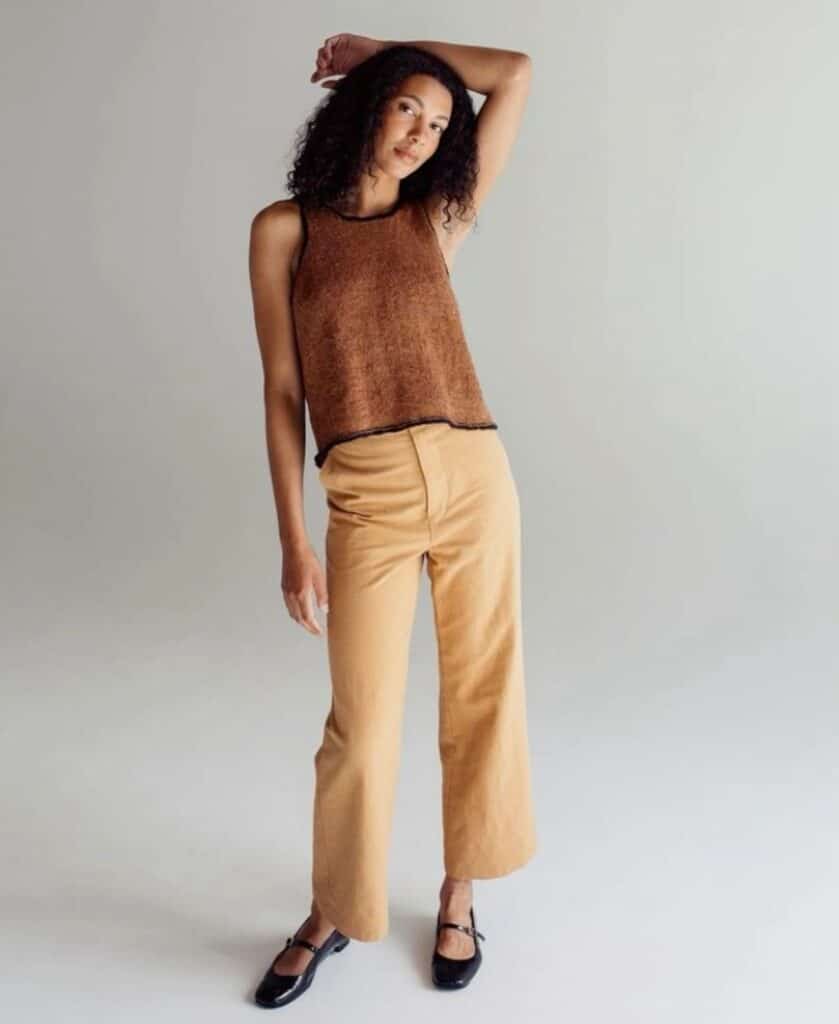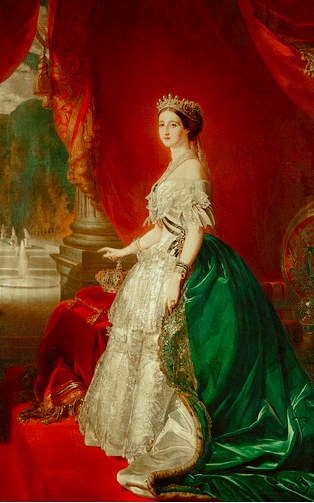Here’s a couple of articles from the NY Times* today about Black Lives Matter protestors and the dress code of anti-fascists:
The Dress Codes of the Uprising
There is a long tradition of Sunday best in the African-American community dating back decades before the civil rights movement, Mr. Ford said. In that sense, he said, the organizers of the march were not playing respectability politics as much as declaring ownership over their own history.
It was, he said, “a repudiation of stereotype and white supremacy. It’s not copying white power structures. It’s a powerful statement on its own.”
And, linked from that article, Why Anitfa Dresses Like Antifa, which is full of some delightful phrases:
(Antifa groups…trace their lineage back further, to those who fought against the rise of Hitler; generally, where there is “fa,” there’s been “antifa.”)
and
“Uniformity of characteristics” and a visual sense of equality have a way of, as research published in 2015 put it, giving “rise to feelings of solidarity.” It’s why soldiers and police have uniforms. It’s why sports teams have apparel for themselves and their fans, why brands have logos and consistent colorways, why fascists get slightly too-short versions of David Beckham haircuts and pin frogs to their lapels.
*You can get a NY Times subscription for just $4 a month, but if you’ve read all your free articles, you can also use Pocket to save them and then read them in full there.

















